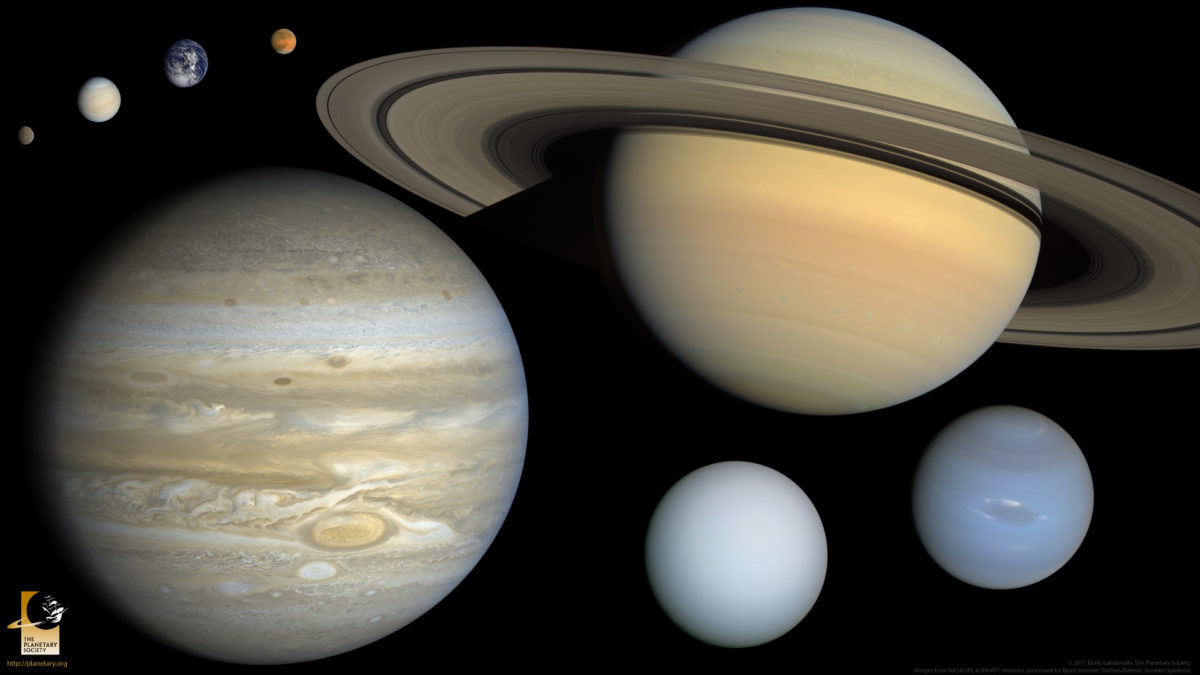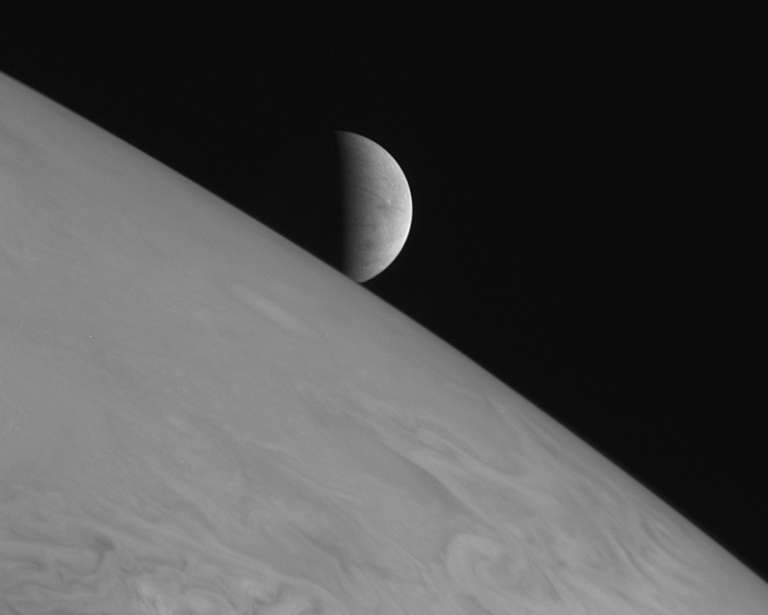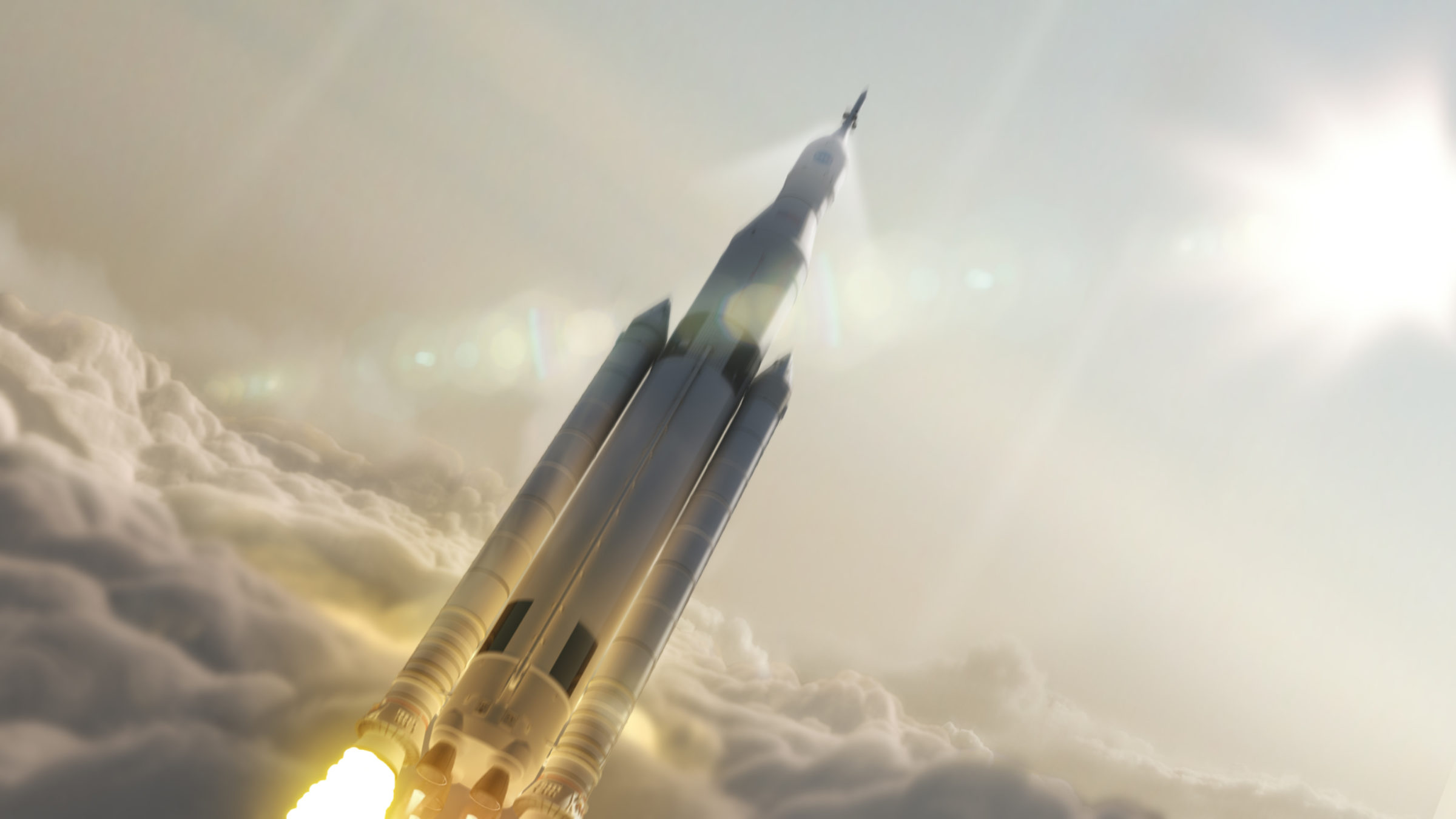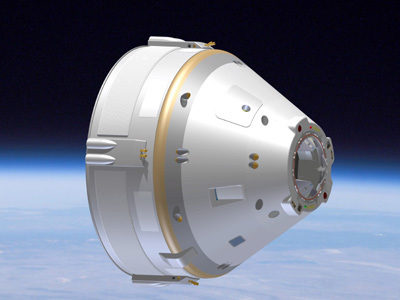Casey Dreier • Dec 10, 2014
[Updated] The CRomnibus Comes Through for NASA and Planetary Science
Update 2014-12-16: The President has signed the bill into law.
Update 2014-12-11: The House of Representatives has passed the CRomnibus after a close vote. It now moves on to the Senate.
The U.S. budget cycle for fiscal year 2015 is coming to an end. On Tuesday night, Congress released details of the “CRomnibus,” so-called because it contains a continuing resolution (CR) for Homeland Security but an actual omnibus package of appropriations bills for all other federal agencies. Voting will likely begin on Wednesday and finish by the end of the week if all goes well.
This bill provides funding for the entire discretionary part of government (i.e. not big social programs like Medicare, Social Security, and food assistance). There’s a lot of stuff in there, good and bad, but I’m going to focus on NASA, which falls squarely into the “good” category.
Actually, this is a great bill for NASA. And if it passes, it would provide the space agency with its best funding level in four years.
The total amount provided for NASA in this bill is a very solid $18.01 billion. That’s about $549 million above the President’s request for this year and $364 million above last year. This extra money supports increases to critical programs without raiding others.
The pie grew bigger this year. That was no small feat, and we owe this great news to the leadership of Frank Wolf (R-VA) and Barbara Mikulski (D-MD), who chair the relevant appropriations subcommittees in the House and Senate, as well as others like John Culberson (R-TX), Adam Schiff (D-CA), and Richard Shelby (R-AL). Yes, notice the “Rs” and “Ds” next to their names. This was a bipartisan effort.
Let’s take a look at some of the winners and losers within the space agency as stated in this bill, should it pass in its current state. All numbers and percentages are relative to the President’s original budget request for 2015.
Winners
Planetary Science: $1.437 billion
an increase of $157 million, or 12%

We are so close to The Planetary Society’s recommended level of $1.5 billion for NASA’s Planetary Science Division. The President’s 2015 budget was the third year in a row that the White House cut funding for planetary exploration, and this bill would represent the third year in a row that Congress has rejected that effort. Let’s hope we don’t have to go through this again in 2016.
The increase supports continued funding of the Opportunity rover and the Lunar Reconnaissance Orbiter, a boost in critical early design efforts for the Mars 2020 rover, and especially....
Europa: $118 million
an increase of $102 million, or 686%

Europa gets its own special mention, though its increase is contained in the $1.437 billion for planetary science. Why? Because once again the actual law, not just the committee report language, directs NASA to spend money on Europa. This mission does not officially exist, though the President’s budget did request $15 million this year to study low-cost concepts (a step in the right direction). But $100 million is a considerable increase, and piles on top of last year’s $85 million provided for the same effort. The accompanying committee report directs another $18 million in technology development for Europa as well. NASA would be crazy not to use this funding to start a real mission, but that decision likely lies with the Office of Management and Budget, which approves their funding requests. Let’s hope they get the message in time to request a new start in 2016.
Space Launch System & Orion: $1.7 billion & $1.194 billion, respectively
a combined increase of $462 million, or 19%

The exploration combo of the SLS rocket and Orion crew capsule would receive the largest dollar boost of any program at NASA in 2015. The SLS gets a stunning $1.7 billion, nearly $320 million above the President’s request. This will help put to rest worries about underfunding of the program stated in a recent GAO report. The bill also directs NASA to use the gold-standard 70% Joint Confidence Level (JCL) analysis to estimate a 5-year budget for the program with a first launch by December of 2017.
Astrophysics: $685 million
an increase of $77.5 million, or 13%
The Stratospheric Observatory for Infrared Astronomy (SOFIA) will live to fly another day. The President’s request had provided only $12 million to indefinitely ground the flying observatory and place it in storage. The amount provided by this bill—$70 million—is less than last year’s operating budget of $87.5 million, but healthy enough to ensure continued operations.
Astrophysics also is directed to spend $50 million on pre-formulation activities for the Wide-Field Infrared Survey Telescope (WFIRST) mission, which would follow the James Webb Space Telescope, which (separately from Astrophysics) would receive its full request of $645 million in this bill.
Commercial Crew: $805 million
a decrease of $43 million, or 5%
Why am I listing a decrease as a “win” for commercial crew? Two reasons: this is the largest dollar amount that commercial crew has ever received from Congress, and the bill drops onerous contracting requirements that the Senate would have imposed on the program. It will be interesting to see how NASA can support both Boeing and SpaceX’s contract with this slightly lower amount.
Aeronautics: $651 million
an increase of $100 million, or 18%
NASA’s first, but oft-overlooked “A” gets a significant increase with no strings attached. The committee report basically says to distribute the extra funding as needed.
Losers
Space Technology Development: $596 million
a cut of $109 million, or 15%
Space Technology suffers this year’s biggest cut, though the final amount would represent an increase from 2014.
Remember, all of the above depends on if Congress is able to pass the CRomnibus before the end of their session. If that doesn’t happen, we would likely have another continuing resolution that would extend funding at the lower 2014 levels. Let’s hope it passes.
Support our core enterprises
Your support powers our mission to explore worlds, find life, and defend Earth. You make all the difference when you make a gift. Give today!
Donate

 Explore Worlds
Explore Worlds Find Life
Find Life Defend Earth
Defend Earth



